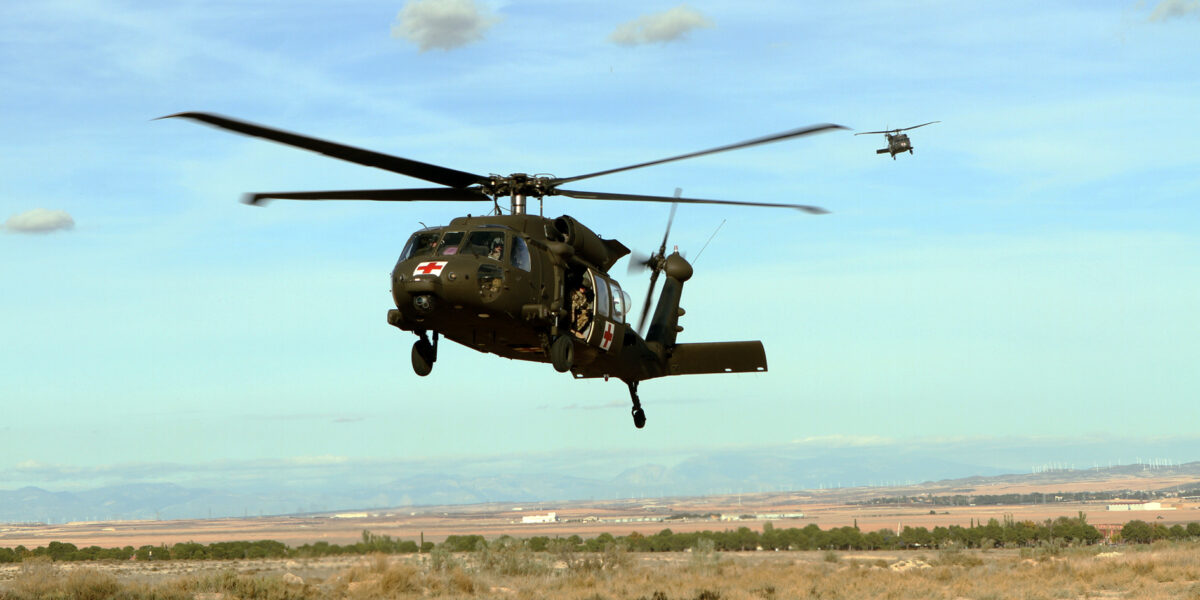Best Attack Helicopter
Attack helicopters play a crucial role in modern military operations. Their ability to provide close air support, recon missions, and engage enemy targets makes them indispensable. Let’s dive into some of the top attack helicopters in service today. We will explore their features, armament, and significance in the field.
AH-64 Apache
The AH-64 Apache, developed by Boeing, is a mainstay in the arsenals of several countries. The U.S. Army first introduced it in the 1980s. Designed for heavy combat, the Apache features advanced avionics and weaponry.

- Avionics: The Apache uses a sophisticated Target Acquisition and Designation System (TADS), integrated with a Pilot Night Vision System (PNVS).
- Armament: Equipped with a 30mm M230 chain gun, Hellfire missiles, and Hydra 70 rocket pods, it delivers significant firepower.
- Survivability: Its design includes kevlar and Kevlar-like armor protection and redundancy in essential systems.
Mil Mi-28N Night Hunter
Russia’s Mil Mi-28N, also known as the Night Hunter, is built for night and low-light operations. Manufactured by Mil Moscow Helicopter Plant, it entered service in the mid-2000s.
- Avionics: The Mi-28N features a tandem cockpit, moving map display, and helmet-mounted display.
- Armament: It comes with a 30mm Shipunov 2A42 autocannon, Shturm and Ataka anti-tank missiles, and unguided rockets.
- Survivability: Offers titanium armor for added protection and crash-resistant seats for crew safety.
Eurocopter Tiger
The Eurocopter Tiger, now under Airbus Helicopters, is a versatile attack helicopter used by several European nations. Operational since the early 2000s, it was built for reconnaissance, combat support, and ground attack missions.
- Avionics: It uses advanced targeting systems including the Strix sight and helmet-mounted display (HMD).
- Armament: Armed with 30mm cannons, the Tiger can also carry HOT 3, Trigat, and Hellfire missiles.
- Survivability: Composite materials in its construction provide stealth capabilities and increased survivability against enemy fire.
Z-10
China’s Harbin Z-10 is a relatively new entrant in the attack helicopter arena. Developed by the Harbin Aircraft Industry Group, it was revealed to the public in the late 2000s.
- Avionics: Equipped with a helmet-mounted sight, FLIR, and laser range finder/designator.
- Armament: It features a 23mm chain gun, HJ-10 anti-tank missiles, and rocket pods.
- Survivability: The Z-10 uses armor plating and electronic countermeasures to enhance its combat resilience.
Agusta A129 Mangusta
The AgustaWestland AW129 Mangusta, known initially as the Agusta A129, is an Italian marvel introduced in the 1990s. It showcases Italy’s engineering prowess in rotorcraft technology. Used primarily by the Italian Army.
- Avionics: It includes advanced navigation systems, target acquisition systems, and infra-red countermeasures.
- Armament: The Mangusta carries a 20mm cannon, TOW, and Spike anti-tank missiles, as well as 70mm rockets.
- Survivability: Armor protection and crash-resistant fuel systems enhance its battlefield endurance.
Ka-52 Alligator
The Kamov Ka-52 Alligator is another Russian design known for its unique coaxial rotor system. This twin-seat attack helicopter serves in the Russian Air Force, taking over from the earlier Ka-50.
- Avionics: Features include radar systems, a laser rangefinder, and the GOES-451 electro-optical system for target tracking.
- Armament: Outfitted with a 30mm Shipunov 2A42 autocannon, VK-2500 turboshaft engines, and various missiles including Vikhr and Ataka.
- Survivability: The Ka-52 is designed with armored cockpits and ejection seats for pilot safety.
Bell AH-1Z Viper
The Bell AH-1Z Viper, an evolution of the AH-1 Cobra, signifies modern advancements in attack helicopter design. It first flew in the early 2000s and is now an essential part of the U.S. Marine Corps.
- Avionics: Integrated with advanced glass cockpit displays, the AH-1Z boasts of an improved target sight system (TSS).
- Armament: It carries a 20mm M197 cannon, AGM-114 Hellfire missiles, and AIM-9 Sidewinder air-to-air missiles.
- Survivability: Equipped with composite rotor blades and energy attenuating seats, enhancing durability.
Denel AH-2 Rooivalk
South Africa’s Denel AH-2 Rooivalk, named after the African bird of prey, is a formidable attack helicopter. First introduced in the late 1990s, it was developed for counter-insurgency and anti-armor operations.
- Avionics: Incorporates day-night sensors, a helmet-mounted sight, and electronic warfare systems.
- Armament: Includes a 20mm cannon, Mokopa anti-tank missiles, and various unguided rockets.
- Survivability: Designed with crash-resistant seats and robust armor plating for enhanced protection.
Each of these attack helicopters represents the pinnacle of military aviation engineering in their respective countries. Their roles range from anti-armor operations to providing essential close air support. The advancements in avionics, armament, and survivability ensure they remain effective against various threats on the battlefield.
Recommended Aviation Gear
David Clark H10-13.4 Aviation Headset – $376.95
The industry standard for aviation headsets.
Pilots Handbook of Aeronautical Knowledge – $25.42
Essential FAA handbook for every pilot.
As an Amazon Associate, we earn from qualifying purchases.



Subscribe for Updates
Get the latest articles delivered to your inbox.
We respect your privacy. Unsubscribe anytime.